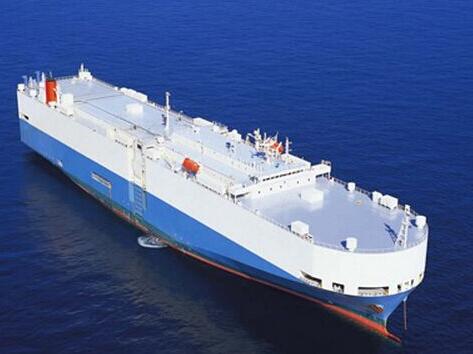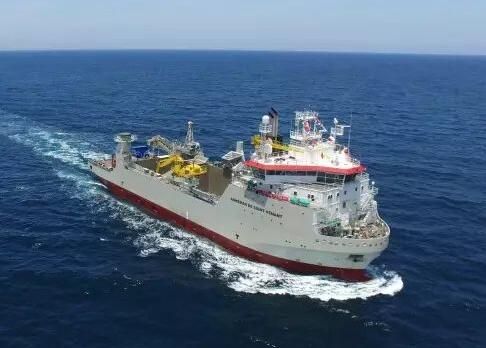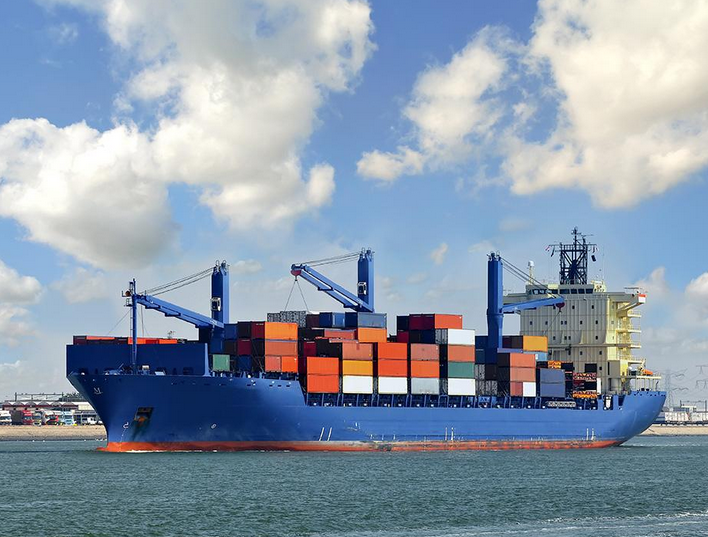On October 25, with the approval of the State Council, China State Shipbuilding Industry Corporation Co., Ltd. and China Shipbuilding Heavy Industry Co., Ltd. implemented a joint reorganization and re-synthesis. The “big Mac” of the global shipbuilding industry was born. Before this, Korea’s Hyundai Heavy Industries plans to build 12.6 billion Yuan’s acquisition of Daewoo Shipbuilding in South Korea, and the desire to build a Korean “God Ship” giant, these news have brought unlimited space for imagination in the market.
The advancement of shipbuilding powers to shipbuilding powers
In recent years, the global ship market has maintained a three-pronged market structure in China, Japan and Korea. China has also surpassed Japan and South Korea to become the world's largest shipbuilding country.
The shipbuilding industry is a typical labor-intensive industry. In China, more than 90% of the shipbuilding industry is manufactured by humans, and the automation rate is only 30% of Japan and South Korea. Cheap labor was once a major advantage of China as one of the world's three major shipbuilding powers.
With the rising labor costs in China in recent years, the demographic dividend is gradually disappearing, and the labor cost advantage of shipbuilding enterprises has ceased to exist. What is more serious is that the shipbuilding industry is one of the industries of “bitter, dirty, tired and dangerous”. Chinese workers have become attractive, and China's shipbuilding industry is facing the problem of “labor shortage” and there is an urgent need for “machine substitution”.
According to statistics, in the cost structure of shipbuilding, labor costs account for about 30% of the total ship cost. If the shipbuilding industry can replace the machine, it will not only liberate the shipbuilding workers, but also promote the shipbuilding production process to reinvent the shipbuilding, improve the shipbuilding efficiency, ensure the production cycle, alleviate the cost pressure, and thus enhance the core competitiveness of China's shipbuilding enterprises. The transformation from a shipbuilding power to a shipbuilding power.
Source: CITIC Construction Investment Research and Development Department
Difficult shipbuilding automation
With the development of the times and the advancement of technology, the robot revolution is gradually extending from the automotive field to traditional manufacturing, service industries, and special operations.
For the shipbuilding industry, the construction of the ship provides a variety of production and processing scenarios for steel cutting, welding, painting, assembly, handling, palletizing, etc., but the application of robotics in the shipbuilding industry is slow.
From a deeper perspective, although China is one of the world's top shipbuilding powers, the shipbuilding industry has a low degree of informatization and intelligence, and there is a serious mismatch between the two. Some even insiders say that the shipbuilding industry will be a robot. The last labor-intensive industry to enter.
From the perspective of market conditions and investment costs:
First of all, when the market is better, the new ship orders are full, and the ship companies are mostly busy catching up with the nodes and rushing to pay the ship. They have no time to consider the technological transformation, let alone invest in automation equipment such as robots;
Second, in the current downturn in the ship market, the shipyard is considering compression costs, reducing expenses, and unintentional and financial resources to add new equipment.
Third, in the early stage, the purchase of robots was a large investment, and the subsequent depreciation and maintenance costs were also quite a lot. The cost pressure of the shipbuilding enterprises was not small.
From the perspective of technical realization and application landing, the characteristics of non-standard customization of ship products and the speciality and complexity of ship production conditions, environment and related processes have brought certain difficulties to shipbuilding enterprises to use robots for production.
For example, welding robots with relatively mature technologies and applications in the automotive field, 3C electronics, metal processing, plastics and chemicals, etc., are difficult to adapt to the ship production field.
The shipbuilding industry is one of the most intensive and widely used industries for large-scale welded structural parts. Ship welding is a highly flexible operation with complex processes and low repeatability. Moreover, the hull and structural parts to be welded in the shipbuilding industry are large and heavy, and the trajectory and line shape of the welding plane and curved surface are various. A large number of welding work must be completed in the extremely narrow and limited space on site, which requires The robot is highly flexible and adaptable, and can automatically adjust the corresponding program to complete the welding work, which requires more intelligent robots.
At the same time, the shipbuilding industry also has many small components that can be welded in a fixed place in the production workshop. The shape and size of the welding object, as well as the positioning posture, the fixing method, and the required fixtures may not be the same, the corresponding welding process, The welding parameters are more complex and variable, and the robot is required to have a certain level of intelligence to automatically adjust the corresponding program to complete the welding work.
Breakout of the ship segment
As mentioned above, although it has brought certain difficulties to shipbuilding enterprises to use robots for production, intelligent manufacturing is a high-quality development of China's shipbuilding industry, both in terms of supply-side structural reforms and from the commanding heights of future development. The only way to go.
As a cyclical industry with strong correlation with economic fluctuations, the shipbuilding industry is gradually recovering after the industry recession of more than 10 years from 2005 to the present and the continued downturn in the market. Promoting robots is the main way for shipbuilding enterprises to improve production efficiency and enterprise competitiveness, and it is also an inevitable choice for shipbuilding industry to achieve intelligent manufacturing.
At the same time, it is precisely this "labor-intensive industry that robots finally entered", which provides many possibilities for the contrarian breakout of domestic robots.
In some mature robot applications, the competition of robot companies is fierce, profits are repeatedly squeezed, and customers will give priority to imported robots when choosing to configure robots. It is very difficult for domestic robots to enter the market again.
In contrast, in the construction process of the shipbuilding industry, there are a lot of replacements for the standby device, which is precisely the market segment that domestic robots have been neglected in the development of the new blue ocean.
Moreover, for these special fields and needs, the robot market is more rational, customers no longer blindly agree with foreign brands, but through the rigorous technical comparison, combined with their own needs to choose the most suitable products.
At this time, the local advantages of domestic robot companies can be seen: from the customer network, from the targeted customer application needs, the field investigation and research of development tasks, as well as after-sales service, technical training, etc. are more natural than foreign companies. The advantages.
Based on this, in addition to the 716 Institute of China Shipbuilding Industry Corporation in the shipbuilding industry, several major domestic robot manufacturers that have been deployed in this field have also emerged.
















 RCCN WeChat QrCode
RCCN WeChat QrCode Mobile WebSite
Mobile WebSite







